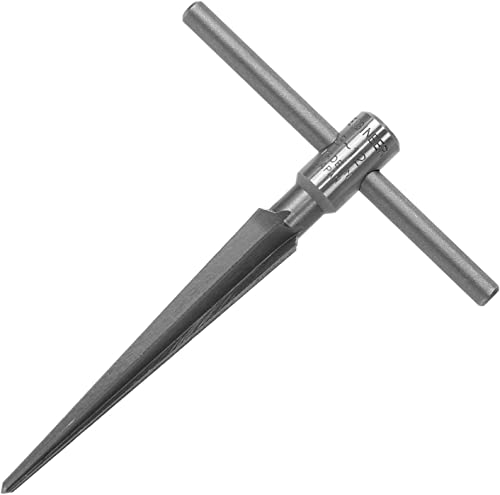Yes, a reamer can be used on soft materials
Reamers are cutting tools primarily used to refine and enlarge holes in metal or other hard materials. However, they can also be used on soft materials, although the purpose and technique may be slightly different. In this article, we will explore the reasons why a reamer can be used on soft materials and how it can be done effectively.
Understanding the Basics of Reamers
Before delving into the usage of reamers on soft materials, it is important to understand the basics of these cutting tools. A reamer typically consists of a cylindrical body with fluted cutting edges and a taper at one end. It is often used in conjunction with a drill press or lathe to create accurate, smooth, and precise holes.
The cutting edges of a reamer are slightly larger than the desired hole size. As the reamer is turned in the hole, the cutting edges gradually remove material, enlarging and refining the hole to the desired size. This process is known as reaming.
Using a Reamer on Soft Materials
While reamers are commonly used on hard materials such as metal, they can also be effectively used on soft materials like plastic, wood, or certain types of softer metals. However, the approach needs to be adjusted to avoid damaging the material or the reamer itself.
When using a reamer on soft materials, it is important to choose a reamer with the appropriate cutting edge geometry. A reamer with a chamfered edge or an edge designed for softer materials will help prevent the material from tearing or chipping during the reaming process. It is also important to reduce the cutting pressure and speed to prevent the reamer from grabbing or causing excessive heat.
McMaster-Carr, a well-known supplier of industrial tools and equipment, offers a wide range of reamers suitable for various materials, including soft materials.
Benefits and Applications
Using a reamer on soft materials can offer several benefits, including:
- Refining holes: Using a reamer on soft materials helps refine the holes to the desired size and shape, ensuring a precise fit for fasteners or other components.
- Improved surface finish: Reaming soft materials can result in a smoother and more polished surface finish compared to other cutting methods.
- Increased accuracy: When used correctly, a reamer can help achieve higher levels of accuracy and tolerances in hole sizing.
- Cost-effective: Reamers are typically more cost-effective compared to other specialized cutting tools for soft materials.
There are several applications where using a reamer on soft materials can be advantageous. For example, in woodworking, reamers can help create clean and accurate holes for dowels or other joinery techniques. In plastic fabrication, reamers can be used to refine holes for fittings or fasteners. Additionally, reamers can be used in certain softer metal applications where precision and hole quality are essential.
Tips for Using a Reamer on Soft Materials
When using a reamer on soft materials, consider the following tips to ensure optimal results:
- Choose the right reamer: Select a reamer specifically designed for use on soft materials to minimize the risk of material damage or reamer failure.
- Use lubrication: Applying a suitable lubricant, such as cutting oil or wax, can help reduce friction and heat buildup during the reaming process.
- Control cutting pressure and speed: Reduce the cutting pressure and speed to avoid excessive heat generation and material deformation.
- Inspect the reamer: Regularly inspect the cutting edges of the reamer for dullness or damage, and replace if necessary to maintain optimal performance.
- Practice proper technique: Follow recommended techniques for reaming soft materials, such as applying gentle pressure and maintaining steady, controlled movements.
By following these tips and using the appropriate tools and techniques, reamers can be effectively used on soft materials to achieve accurate and refined holes.






